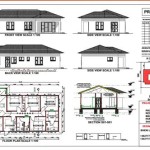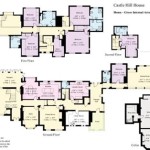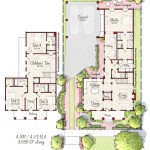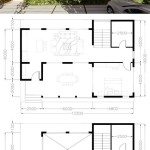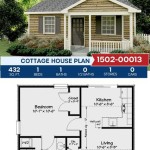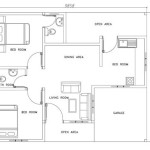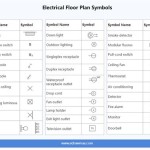Essential Aspects of Plans for Dog Houses
Providing a comfortable and safe shelter for your furry friend is crucial for their well-being. Building a dog house from scratch can be a rewarding project, but it's essential to carefully consider the key aspects of the design to ensure it meets their needs.
1. Size and Dimensions
The size of the dog house should accommodate your dog's size, both when standing and lying down. Measure your dog from nose to tail and from the top of their head to the ground. The house should be at least 6 inches wider and taller than your dog on both sides. Taller dogs may require a taller house to allow them to stand up comfortably.
2. Insulation
Insulation is crucial for regulating the temperature inside the dog house. During hot weather, insulation helps keep the house cool, while in cold weather, it retains warmth. Foam insulation, such as Styrofoam or polyurethane, is a good choice for dog houses as it is moisture-resistant and can be cut to fit the shape of the house.
3. Ventilation
Adequate ventilation is essential for preventing moisture buildup and ensuring fresh air circulation. Include vents or holes in the plans, particularly at the top of the house, to allow air to flow through. Avoid placing vents too low, as they can create drafts.
4. Roofing
The roof of the dog house should provide protection from the elements. Consider using a sloping roof design to prevent water from pooling. Asphalt shingles, metal roofing, or weather-resistant fabrics are suitable options for roofing materials.
5. Doorway Size and Placement
The doorway should be large enough for your dog to enter and exit comfortably. Place the doorway at the front of the house, ensuring it is not too low or too high. A flap or curtain over the doorway can provide additional insulation and warmth.
6. Floor and Elevation
The floor of the dog house should be raised off the ground to prevent moisture from seeping in. Consider using pressure-treated wood for the floor to resist rot and decay. Elevating the house also provides better air circulation and prevents drafts.
7. Materials and Construction
The choice of materials will depend on your budget and the climate you live in. Pressure-treated wood, such as pine or cedar, is a popular option due to its durability and resistance to weather conditions. You can also use plywood or OSB (oriented strand board) for the walls and roof.
8. Base and Foundation
A solid base and foundation ensure the stability of the dog house. Create a concrete or wooden base to support the house and provide additional insulation. Ensure the base is level and large enough to extend beyond the footprint of the house.
Conclusion
Designing a dog house that meets the specific needs of your furry friend requires careful consideration of the essential aspects outlined above. By incorporating these elements into your plans, you can create a comfortable, safe, and well-ventilated shelter for your beloved canine companion.

Luxury Plans For Dog House Check More At Http Www Jnnsysy Com Easy Diy

Large Dog House Plans Free Construct101

Dog House Plans Free Diy Projects Construct101 Wooden
:strip_icc()/Beautiful-Pallet-Dog-House-with-Veranda-1-5a202f90494ec90037893a82.jpg?strip=all)
14 Free Diy Dog House Plans Anyone Can Build
:strip_icc()/IMG_2589-5a202f1c7d4be800191a3845.jpg?strip=all)
14 Free Diy Dog House Plans Anyone Can Build

Gable Roof Dog House Plans Easy Diy

Cold Weather Dog House Plans Bradshomefurnishings Winter Insulated Diy

20 Free Diy Dog House Plans Care Com Resources

14 Diy Dog Houses How To Build A House Plans Blueprints

Insulated Dog House Plans Wilker Do S

